match palm
Very soft, maximum grip, very fast abrasion, highest price range.
Ideal for:
✅ Highest grip requirements
✅ Soft natural grass
✅ Competition conditions
Latex is the key material for the grip of goalkeeper gloves. As a sensitive natural product, it is subject to natural fluctuations and wear and tear. In this blog post, you will learn how latex works, why it wears out, and what is important when it comes to complaints. We will also show you which coating is suitable for which surface and how you can maintain grip and significantly extend the service life with proper care.
The best goalkeeper glove coatings for competition (match coatings) are made of particularly soft latex. They offer the best possible grip that professional goalkeepers expect for absolute ball control.
✅ The advantage: The grip is unbeatable, but the disadvantage is clearly visible abrasion after just a few sessions on the field.
❌ The disadvantage: The softer and more expensive the coating, the faster it wears out. This is not a defect, but a logical consequence of the material properties.
Glossar

The relationship between grip and durability can be compared to Formula 1.

♦️ "Soft" tires
Offer maximum grip but wear quickly. The same applies to match rubbers made of soft latex. If you opt for the best grip, you have to accept higher consumption.
⚪️ "Hard" tyres
Offer greater durability, but less grip. These rubbers are comparable to more resistant training rubbers.
⚡️ Key rule ⚡️
Soft latex = best grip = fastest wear = most expensive rubber
Glossar
Latex is a natural product and wears down with every touch of the ball—whether on grass, artificial turf, or through contact with Velcro. Visible abrasion can occur after just a few uses and is not a defect, but rather the result of the excellent grip properties. If you choose maximum grip, you have to accept faster wear and tear on the material.
⚡️ NOTE ⚡️
The choice of latex is always a conscious compromise between maximum grip and durability. Those who choose top grip accept faster material wear.
Do you still have questions about latex, grip, care, or complaints? No problem—here you will find the most important answers that goalkeepers always ask. Explained briefly, clearly, and directly.

That depends on the surface, the ground, the weather, and maintenance. Soft match surfaces provide excellent grip, but often show visible wear after just a few uses. Resistant surfaces last longer, but offer less grip. Therefore, it is not possible to measure their exact durability in terms of time.
A complaint means that you report an item to the retailer or manufacturer because you believe it has a defect or is faulty. The aim is to reach a mutually acceptable solution. However, not every visible damage or sign of wear is automatically grounds for a complaint.
No. Since latex is a natural product, abrasion is normal and inherent to the material. Visible signs of wear are not a manufacturing defect and are not recognized as a defect by manufacturers.
Resist/abrasion palms and harder entry-level rubbers are designed for durability. They are ideal for hard surfaces such as artificial turf or indoor courts, but offer less maximum grip than soft match rubbers.
Only in rainy or wet conditions. They wear out very quickly in dry conditions and are therefore not recommended.
No. High spin speeds and spinning not only destroy the latex structure, but also the Velcro fasteners and other features. We always recommend manual cleaning.
Only genuine manufacturing defects. In other words, material or workmanship defects that were already present at the time of purchase. Signs of use, abrasion, or wear and tear on the latex are not grounds for a claim.
If you purchased your goalkeeper gloves from KEEPERsport, please contact us directly. Include photos and a brief description (when purchased, how often worn, on what surface). This will help the manufacturer review the case more quickly. Contact information can be found here.
Normal wear and tear resulting from use—such as abrasion, small tears, or worn catching surfaces—does not constitute grounds for complaint. Damage caused by improper care, heat, sun, or unsuitable surfaces (e.g., artificial turf) is also not considered a defect, but rather normal signs of wear and tear.
These pictures show typical signs of wear on latex: visible abrasion and small tears caused by normal use – not grounds for complaint. Below are some sample pictures that show you exactly what this typical wear looks like.
An overview of the most important types of latex and recommendations for training and play:
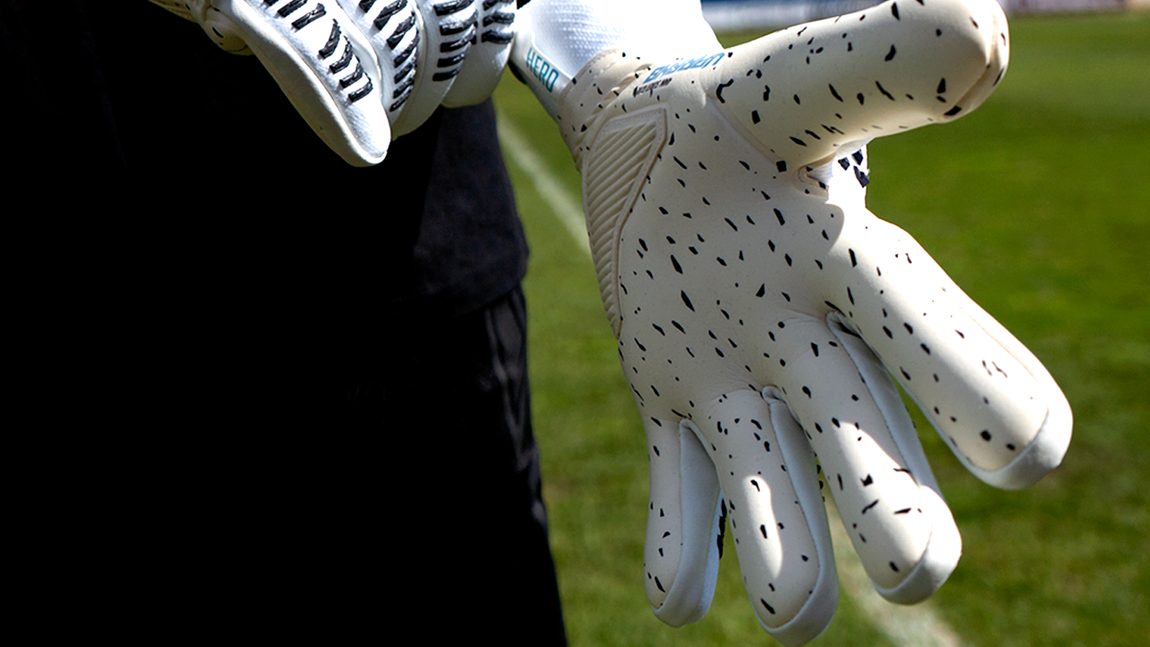
Very soft, maximum grip, very fast abrasion, highest price range.
Ideal for:
✅ Highest grip requirements
✅ Soft natural grass
✅ Competition conditions
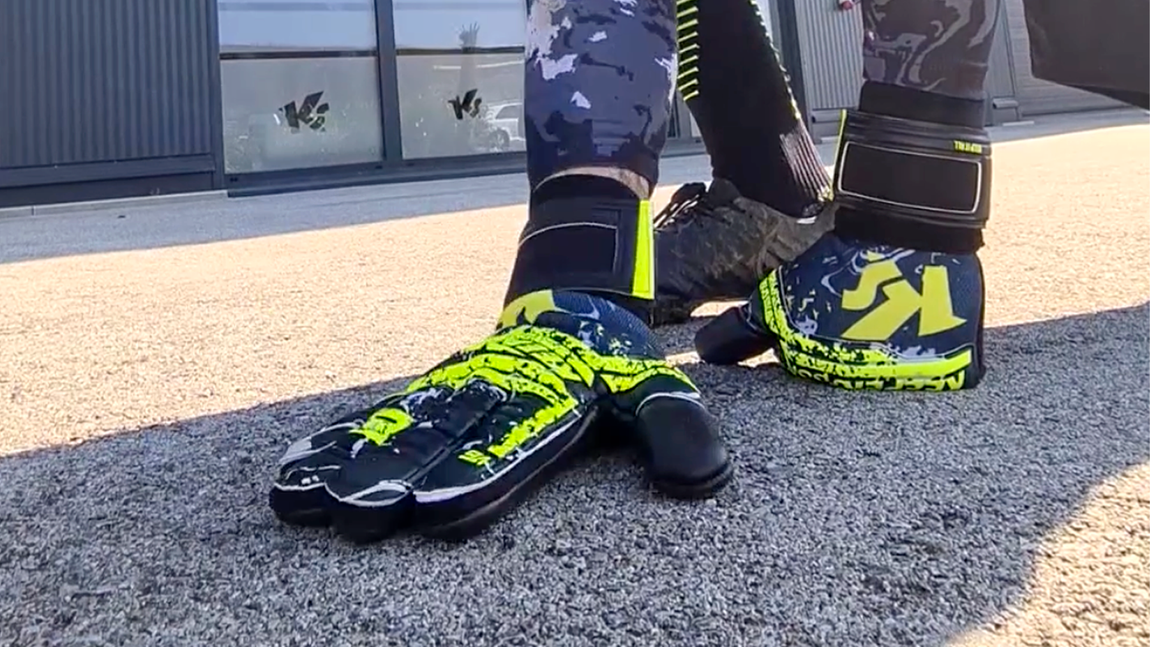
Reinforced, less abrasion, but slightly reduced grip.
Ideal for:
✅ Artificial turf
✅ Indoor use
✅ Hard surfaces
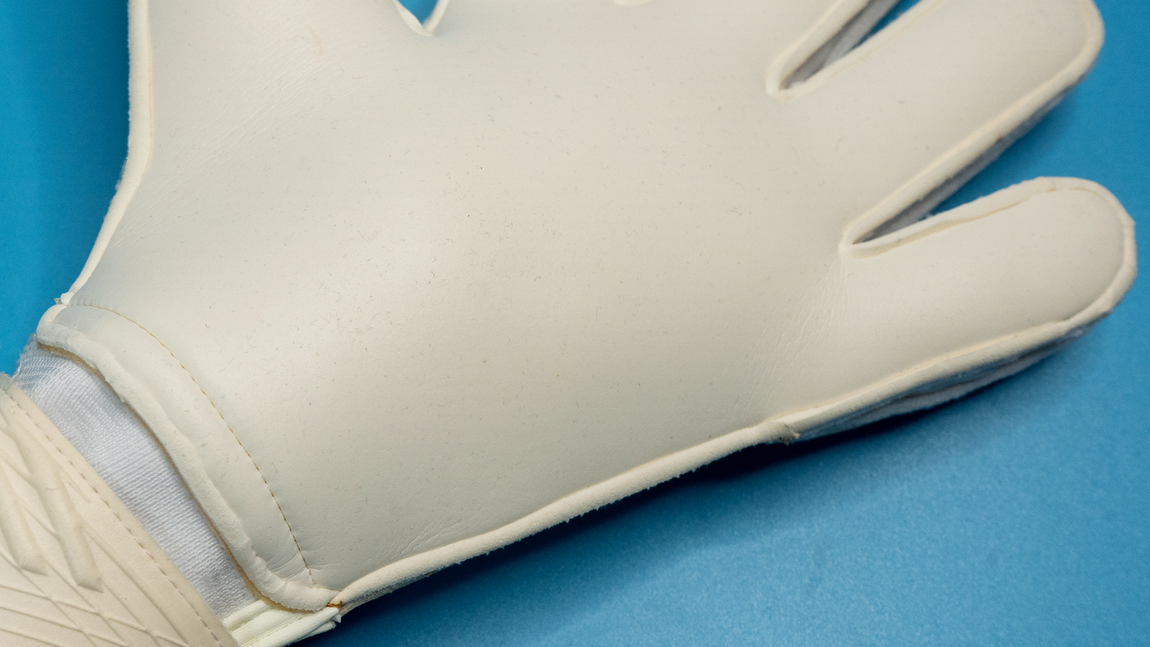
Harder, cheaper, longer durability, less grip.
Ideal for:
✅ Training
✅ Beginners & amateur goalkeepers
✅ Children
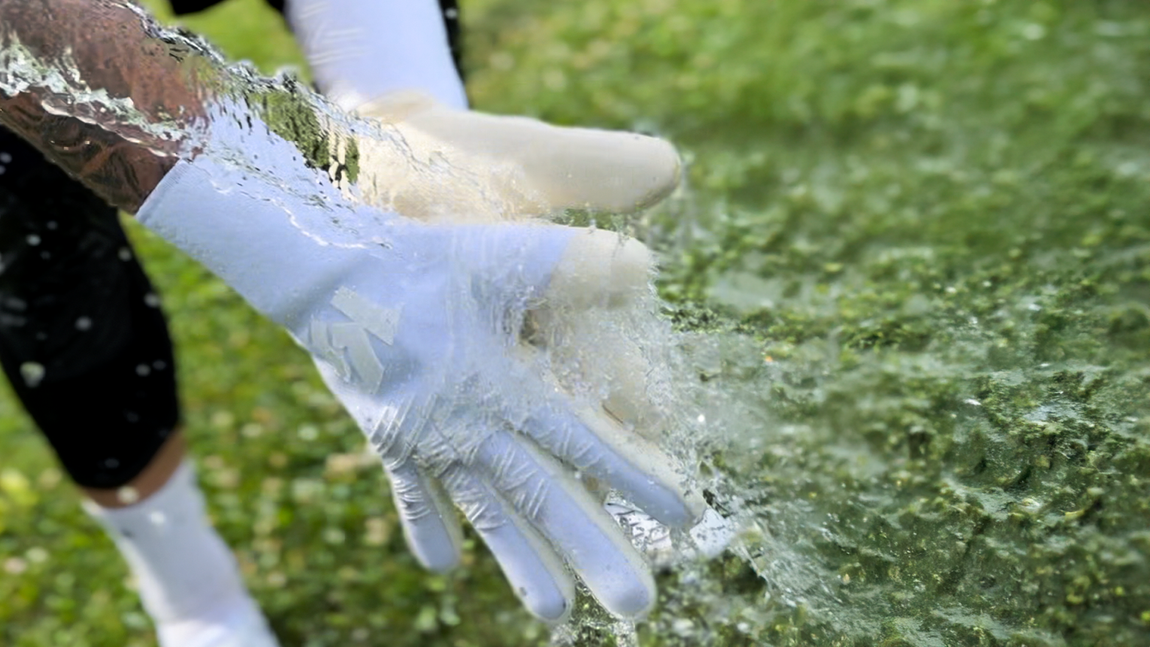
Optimized for wet conditions, very fast abrasion in dry conditions.
Ideal for:
✅ Rain
✅ Wet conditions
✅ Competition conditions
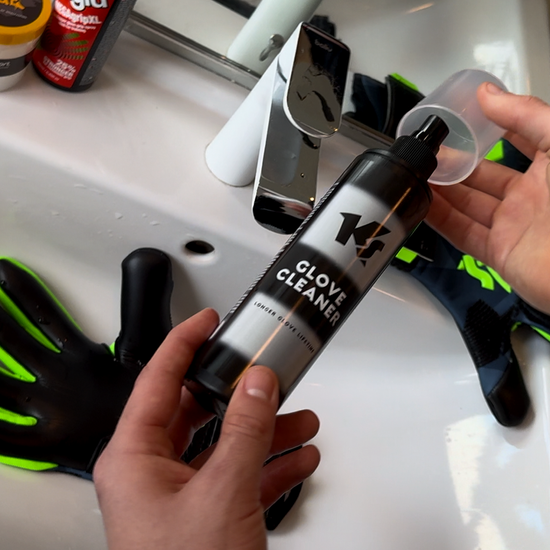
Proper goalkeeper glove care is essential for perfect grip. Every goalkeeper knows that only well-maintained goalkeeper gloves offer maximum grip and control in the long term. Want to find out how to get the most out of your goalkeeper gloves?
Here you will find all the important tips and tricks for optimal care of your goalkeeper gloves.